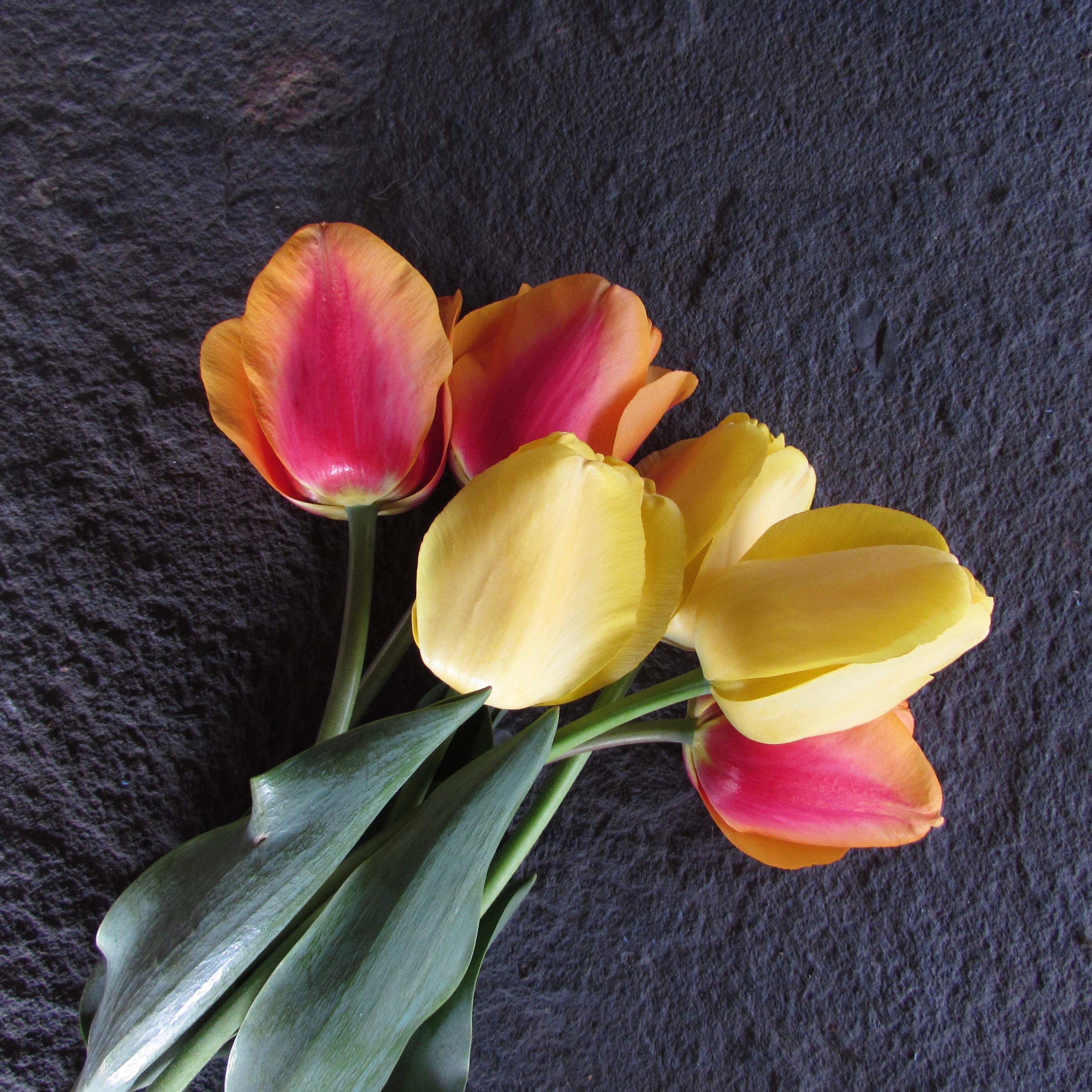
Bright Ideas! A Flower Bulb for Every Purpose.
Fall-planted flower bulbs are exceptionally rewarding. For no more effort than a little planning and a few plunges of the trowel, you'll have inestimable joy come spring. The resurgence of color, of fragrance, of LIFE—there is simply nothing more cheerful than a bed of flowers bursting skyward to proclaim winter's demise.
But how to decide which bulbs to grow in your garden? Read on. We've got gorgeous bulbs that excel for all the right reasons—plus some tips to ensure success.
-
Earliest Bulbs
- Showiest Blooms Tulips of all sorts are exceptionally showy, with Flaming Parrot, Dynasty, and Cash standing out as particularly bold. Asiatic Lilies are in a class of their own: the big, horn-shaped blooms and tall stalks of Landini and Tiger Babies are best used as anchors of the mid-summer garden.
-
Longest-Lasting Blooms Alliums take the prize here, in particular Star of Persia, which erupts into giant firework-like spheres. Purple Sensation Allium also lasts quite well.
- Most Fragrant Flowers Bridal Crown Narcissus is an absolute sensation for the olfactory senses: its powerful, fresh-as-spring aroma scents the air around them. Plus: they are very pretty.
- Most Deer-Resistant Varieties Don't have a protected place to grow your bulbs? All Narcissus varieties are unlikely to be munched by deer, as are alliums, muscari, snowdrops, and scilla. Unfortunately, tulips and lilies are extremely vulnerable, so best plant these within your protected garden space. And why not? The tulips flower before you plant most summer crops, so it's easy to fit them into your plans, and the lilies are tall, lanky plants that look great at the end of a row of tomatoes.
- Flowers that Naturalize Snowdrops and daffodils eagerly establish themselves, coming back year after year with little fuss. Same with crocuses and muscari. Bulbs of Tulips and Asiatic Lilies are best harvested and dried after they bloom and then replanted in the fall into well-prepared beds, as these bulbs are less likely to survive in good shape if left in the ground for the rest of the growing season.
- Always plant bulbs into well-draining soil. Heavy clay soils often lead to rot.
- Pay close attention to spacing and depth requirements. In general, if you're growing for cut flowers or for maximum color-blocking effect in the spring garden, planting closer is better. If you're aiming for a naturalized clump-here-clump-there effect, space more widely in anticipation of the flowers filling out over the years.
- Don't worry too much about fertility. Moderate, average garden soil can lead to great flowers. If you're spacing very tightly and harvesting for flowers year after year, you'll want to apply a bit of compost and/or mulch, but other than that, amendments are rarely required unless you plant in exhausted soil.
- Plant in October for maximum success. Early- to mid-November is also okay. After this, it can be difficult to get the bulbs into the ground and established enough to stay rooted during freeze-thaw cycles during winter.








